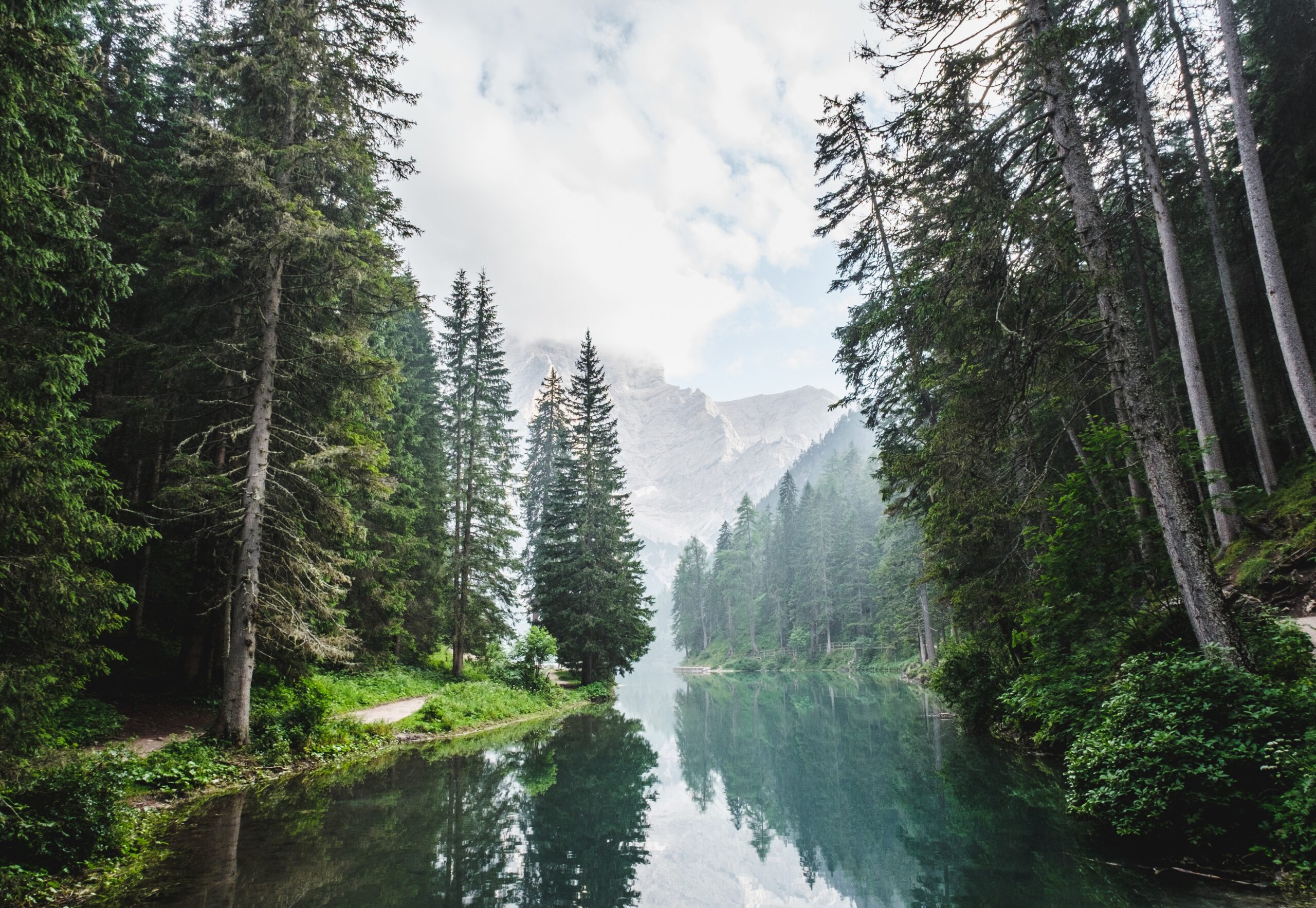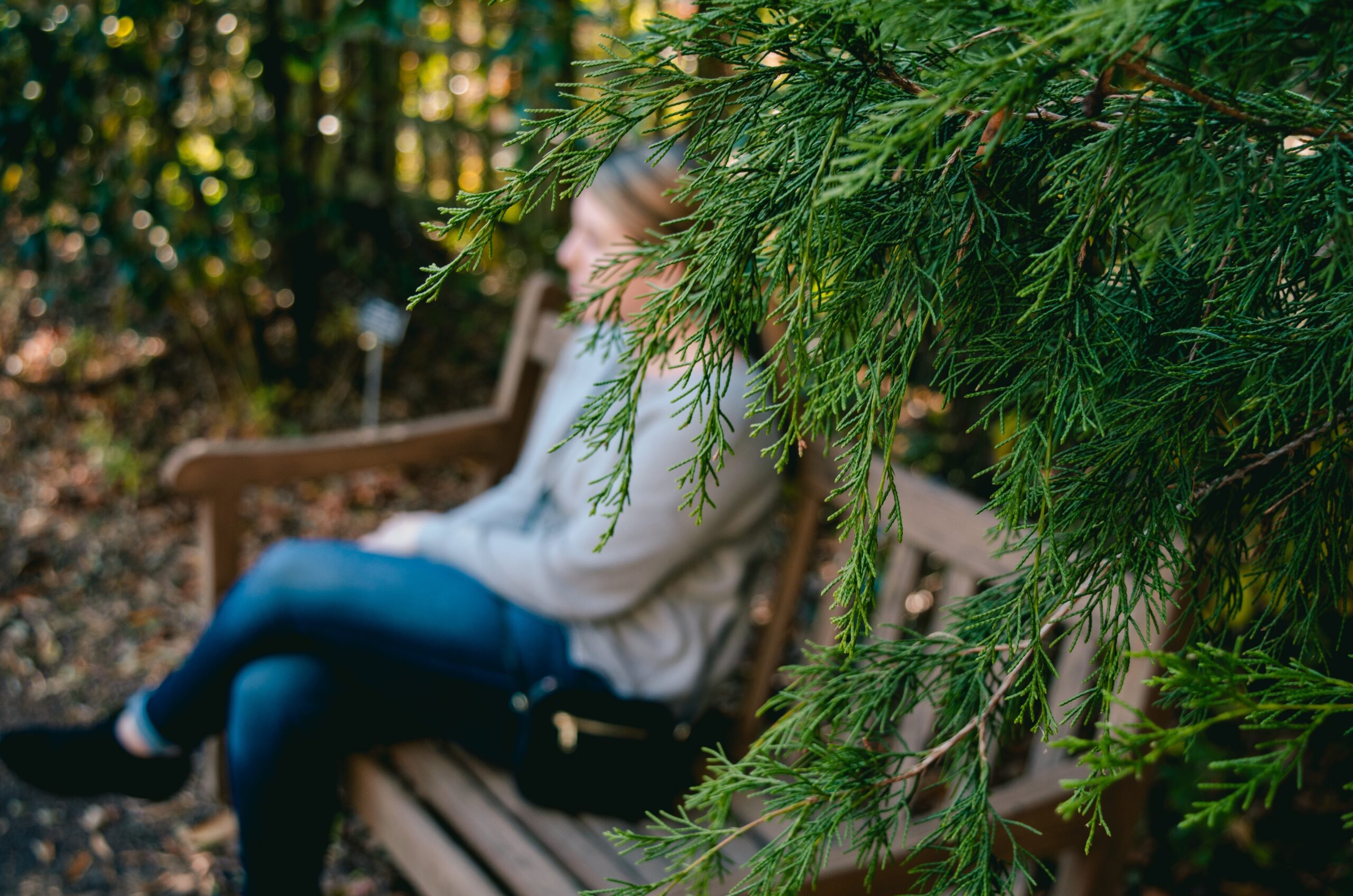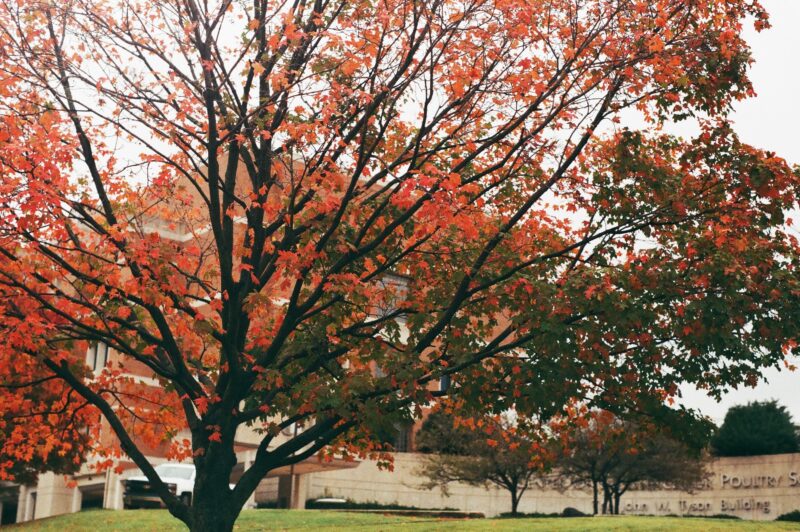The differences between hardwood and softwood explained
Published: 31/05/19 By: Mike Bekin
Wood is broadly classified into one of two categories: hardwood or softwood. Each category has distinct qualities and characteristics and can help determine its identification as well as how the wood is used and where. Here, we go into more detail about what hardwoods and softwoods are, how they differ from each other and how they are used in our daily lives.
What are hardwoods?
Hardwoods are usually denser than softwoods overall, however there are a few exceptions (for example, the balsa tree is classed as hardwood but is softer than many softwoods). The distinction between the two types actually comes from the way the tree reproduces, as opposed to solely its density. Although all types of wood reproduce through seeds, the seed structure varies between hardwoods and softwoods. Hardwoods are scientifically known as angiosperms, which are flowering plants that produce an enclosure for its seeds (this could be a fruit like an apple, or a hard encasing such as an acorn). These are the most popular types of trees across the world.
Hardwoods usually grow slowly and tend to be found in greater numbers in the tropical areas. This adds to the cost of producing and shipping to the UK, however their superior durability and strength are a continuous source of appeal. Native forests can be sustainably harvested by respecting the forest ecosystem and following strict procedures determined by the FSC (Forest Stewardship Council).
Temperate hardwoods include Oak, Beech, Ash, Birch, Maples and Chestnut while famous tropical hardwoods are Mahogany, Teak, Cumaru, Ekki and Ipe.
What are softwoods?
 Softwoods are gymnosperms, which means that their seeds are not encased. The common woody looking cone that we regularly see is a female cone and produces seeds, whereas male cones produce pollen and are usually less conspicuous. As the seeds are released into the wind, they can spread across a large distance. As a rule of thumb, if the tree has foliage all year round and is therefore evergreen, it is often a type of softwood.
Softwoods are gymnosperms, which means that their seeds are not encased. The common woody looking cone that we regularly see is a female cone and produces seeds, whereas male cones produce pollen and are usually less conspicuous. As the seeds are released into the wind, they can spread across a large distance. As a rule of thumb, if the tree has foliage all year round and is therefore evergreen, it is often a type of softwood.
Softwoods are also known as coniferous trees, which are famous for growing faster than hardwoods. As they are mainly grown in the northern hemisphere, transport costs to the UK are also lower. In most instances, these trees are harvested from plantations with carefully planned re-planting cycles that usually ensure there’s an even larger supply than before.
As they are less dense, they also use less energy during the drying and cutting processes which further reduces the environmental impact through energy costs.
About 80% of all timber used in the world comes from a type of softwood.
Popular types of softwood trees: Cedar, Pine, Spruce, Douglas Fir and Yew
What makes them different?
 Apart from the way the cell structure is different, there are many other differences between the two types of woods, which includes the following.
Apart from the way the cell structure is different, there are many other differences between the two types of woods, which includes the following.
– Density
As we touched upon before, as a general rule, hardwoods are denser than softwoods with the odd exception. Yew trees for example are classed as softwoods but are denser than many hardwoods.
– Leaves
Hardwoods in general have broad leaves, which they shed in winter, whilst Softwoods tend to have needles which they keep throughout the year.
– Cost
Because some hardwoods are rarer, need more energy to harvest and process the wood and have higher shipping costs, the overall cost of hardwoods is more expensive. However, even though it costs more, its durability means they are longer lasting, so hardwoods can sometimes be the most cost-efficient option in the long term of the project.
Softwoods are almost always the cheaper option which makes it appealing in most scenarios. Even though softwoods are not as durable, they still last a long time.
– Uses
Although both types of wood can often be used for the same purpose, their different characteristics mean that they are better suited to some projects than others.
HARDWOODS
– Outdoor furniture and decking – hardwoods are a good option if you are intending the furniture to be constantly outside 24/7. Hardwoods, like Ekki and oak, rot much slower than softwoods. However, although they require less maintenance, it is still ideal to look after hardwoods by waxing their ends and giving them the occasional oil to prolong their life service.
– Musical instruments e.g. violins, guitars, etc.
– Solid wood furniture – A popular choice is oak furniture.
– Construction – hardwoods are used for high quality joinery and construction that needs to last a long time.
SOFTWOODS
– Construction – CLT, glulam and timber frames as well as most roof structures
– Outdoor furniture and decking – If treated correctly, softwoods are a good option.
– Medium Density Fibreboard (MDF)
Who are EcoChoice?
EcoChoice are specialist suppliers of certified timber and recycled plastic products for exterior works: from cladding and decking to piers and footbridges. We were formed in 2005 with the aim of promoting FSC certified timbers to the UK construction industry, helping customers to engage in a sustainable way instead of turning away from both the deforestation and plastic waste problems. We offer products from a wide range of timber species.
We are passionate about supplying our clients with independently certified timber products while encouraging responsible and sustainable practices at the source level. To find out how we can help you and to get a quick, no obligation quote, please call us on 0345 638 1340, email on info@echochoice.co.uk or for more information about our sustainable timber products, please visit our website https://ecochoice.co.uk
